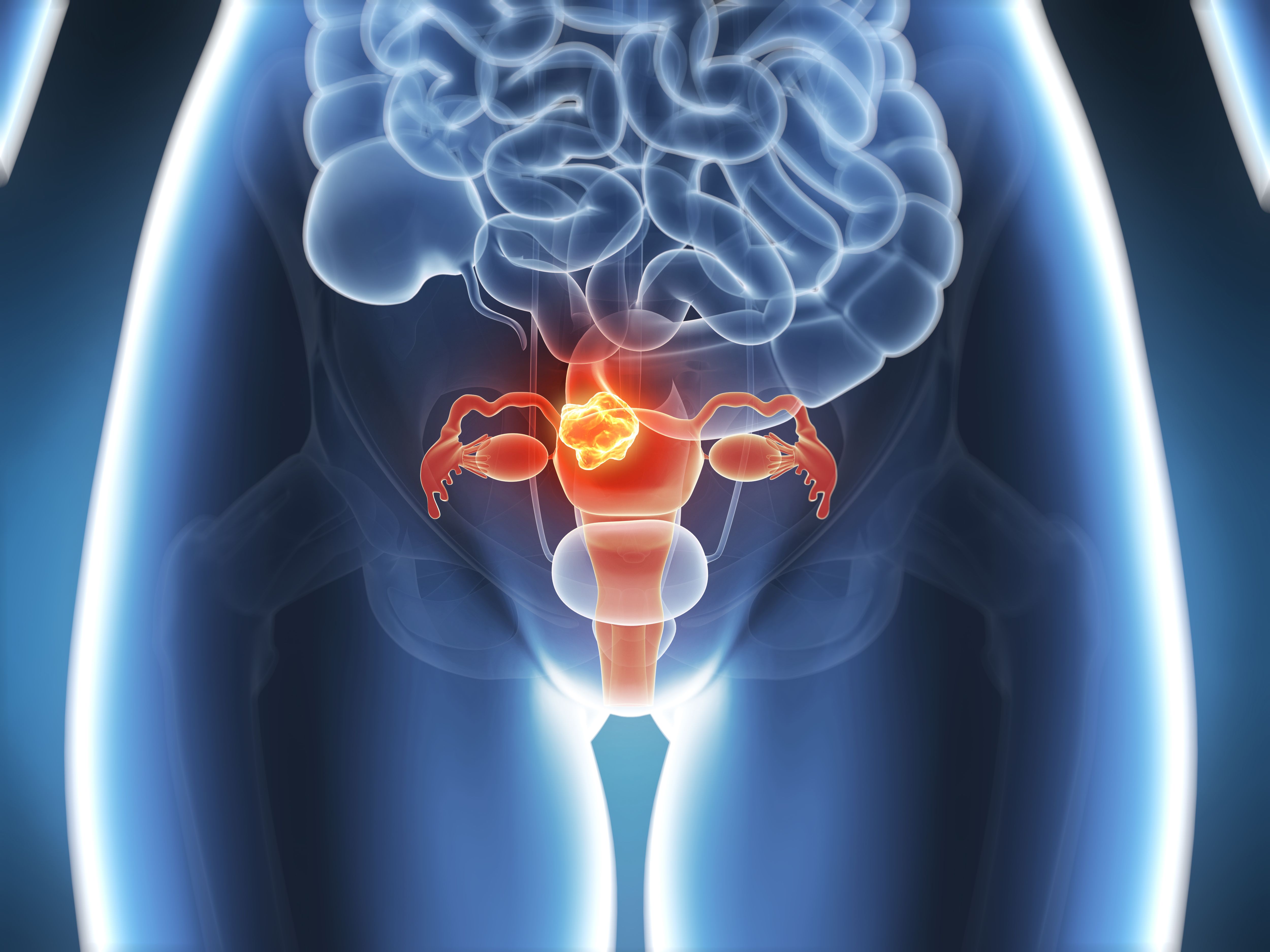Promising Response Shown With VB10.16 Plus Atezolizumab in HPV16+ Cervical Cancer
The phase 2 VB C-02 trial examining VB10.16 in combination with atezolizumab demonstrated positive results in patients with HPV16-positive advanced cervical cancer.

Positive interim results of the phase 2 VB C-02 trial examining VB10.16 in combination with atezolizumab (Tecentriq) in patients with HPV16-positive advanced cervical cancer demonstrated an overall response rate (ORR) of 21%, according to an announcement by Nykode Therapeutics.1
Findings also revealed that the combination showed a high disease control rate (DCR) of 64%. Further, anti-tumor activity of VB10.16 plus atezolizumab which was observed both in programmed death-ligand 1 (PD-L1) positive patients, demonstrating an ORR of 27% and DCR of 77%, compared to PD-L1 negative patients who showed an ORR of 17% and DCR of 58%.
“We are thrilled to report these positive interim safety and efficacy results from our phase 2 trial with VB10.16, which showed evidence of durable anti-tumor activity in a heavily pre-treated population of patients with late-stage cervical cancer,” stated Michael Engsig, chief executive officer of Nykode Therapeutics, in the press release. “These interim results support Nykode’s unique approach of targeting antigen-presenting cells [APCs], designed to produce a robust and long-lasting CD8 killer T cell response against cancer cells.”
The multicenter, open-label phase 2a VB C-02 trial examined 39 patients who were administered the combination of VB10.16 and atezolizumab. Those enrolled within the trial were females aged 18 and older with advanced or recurrent non-resectable HPV16-positive cervical cancer, who have failed or are not eligible for current standard-of-care anticancer treatment.2
Those enrolled must have had an HPV16 positive tumor, a biopsy available for PD-L1 assessment at the time of screening, measurable disease as per RECIST 1.1, and must have recovered from the effects of surgery, radiation therapy, or chemoradiotherapy. Additionally, patients were required to have an ECOG performance status of 0 to 1 and a life expectancy of at least 6 months.
Once enrolled in the trial, 5 vaccinations of VB10.16 at 3 mg were given during the first 12 weeks, followed by vaccination every 6 weeks for up to 48 weeks from first immunization for a total of 11 vaccinations. Additionally, patients received up to 17 infusions of atezolizumab for up to 48 weeks from first treatment, with atezolizumab administered at an intravenous dose of 1200 mg every 3 weeks. A follow-up period of up to 12 months followed the 48-week treatment period.
Primary end points of the trial included incidence and severity of adverse events (AEs), and ORR as assessed by RECIST 1.1 at any time during the study. Secondary end points consisted of duration of response (DOR), progression-free survival (PFS), overall survival (OS), and to evaluate immunogenicity of the combination of VB10.16 and atezolizumab by analyzing HPV16 E6/E7-specific cellular immune responses.
Other outcome measures examined throughout the trial included assessing predictive biomarkers, including PD-L1 in tumor material and investigating changes in tumor microenvironment by immunohistochemistry and/or gene expression, and correlating HPV16 circulating tumor DNA (ctDNA) in plasma with clinical response.
At a median follow-up of 6 months, the interim results from 39 patients showed an ORR of 21%, including 2 patients who achieved a complete response and 6 who achieved a partial response. Additionally, a very high disease control rate of 64% was demonstrated within this patient population.
Anti-tumor activity was observed in the PD-L1 positive patients (ORR of 27% and DCR of 77%) as well as in the PD-L1 negative patients (ORR of 17% and DCR of 58%), indicating both to have a potential clinical benefit. A DCR of 71% was also observed within patients who had non-inflamed tumors, including immune desert and T-cell excluded tumors, suggesting a differentiated anti-tumor response pattern of the combination treatment compared to checkpoint inhibitor monotherapy.
“Treatment advances within the area of advanced cervical cancer have been limited though checkpoint inhibitors have demonstrated clinical efficacy in some patients. The unmet need is still high, and we are very pleased to see a high disease control rate and durable responses in these heavily pre-treated HPV16+ cervical cancer patients. The anti-tumor activity seen in both non-inflamed and PD-L1 negative populations may potentially open up a new subset of patients for treatment. These findings indicate that VB10.16 may give a meaningful added clinical benefit compared to the existing standard of care treatment in this setting,” added Siri Torhaug, chief medical officer of Nykode Therapeutics, in the press release.
Overall, VB10.16 was shown to be generally safe and well tolerated, with a total of 10% of patients experiencing grade 3 or more treatment-related AEs. These data indicate no increased toxicity compared with atezolizumab alone as well as a favorable safety profile which is consistent with previously published data.
“We look forward to reporting updated efficacy data readouts from the phase 2 trial during the first half of 2023 as we continue to advance our cervical cancer program,” added Michael Engsig in the press release.
References:
Nykode Therapeutics announces positive interim results from its phase 2 trial with VB10.16 in combination with immune checkpoint inhibitor atezolizumab in advanced cervical cancer. News release. Nykode Therapeutics; May 9, 2022. Accessed May 10, 2022. https://bit.ly/3sp82qq
Investigating the combination of VB10.16 and atezolizumab in patients With HPV 16-positive cervical cancer. Clinicaltrials.gov. Accessed May 10, 2022. https://bit.ly/38bZhZT






